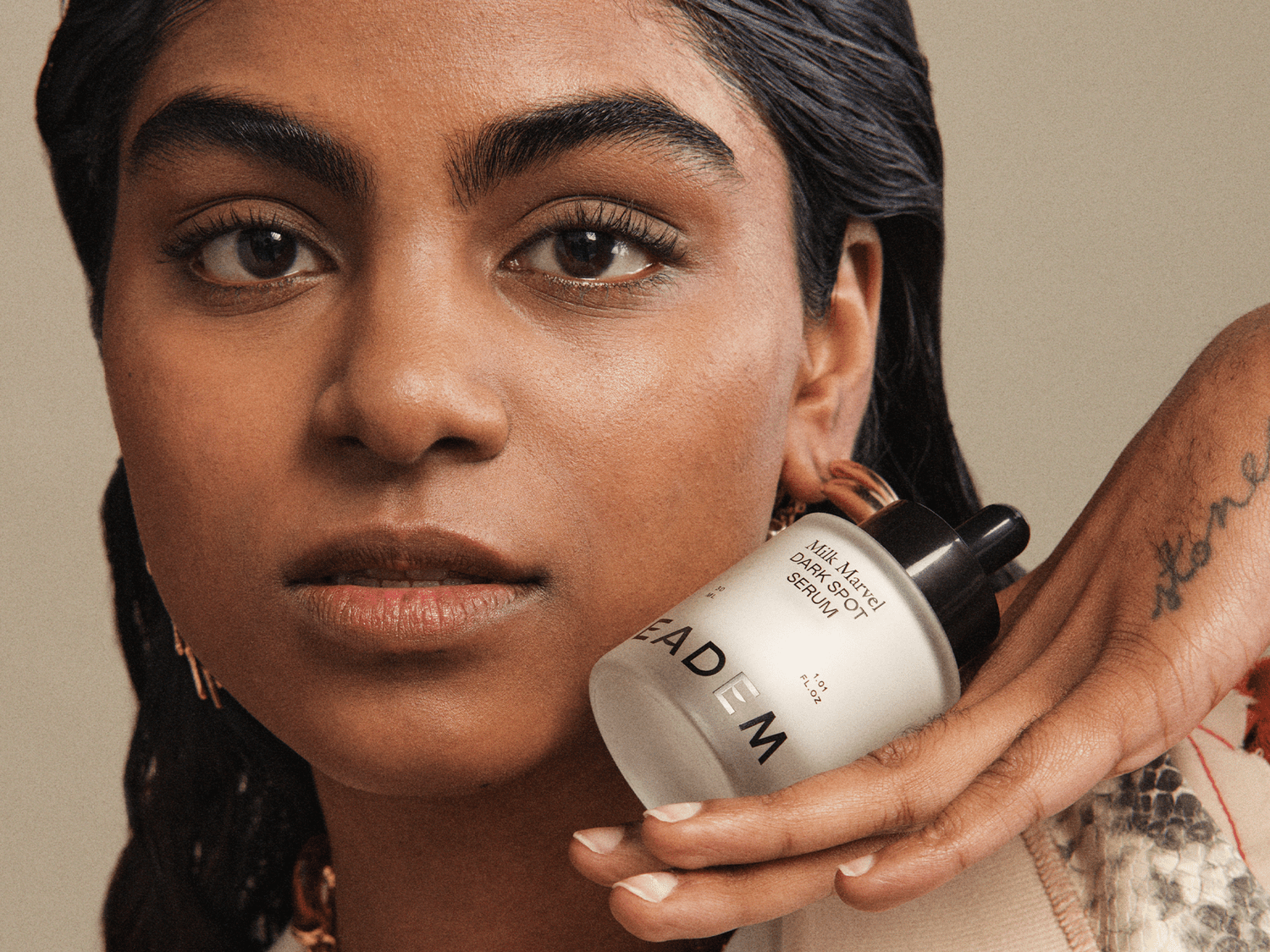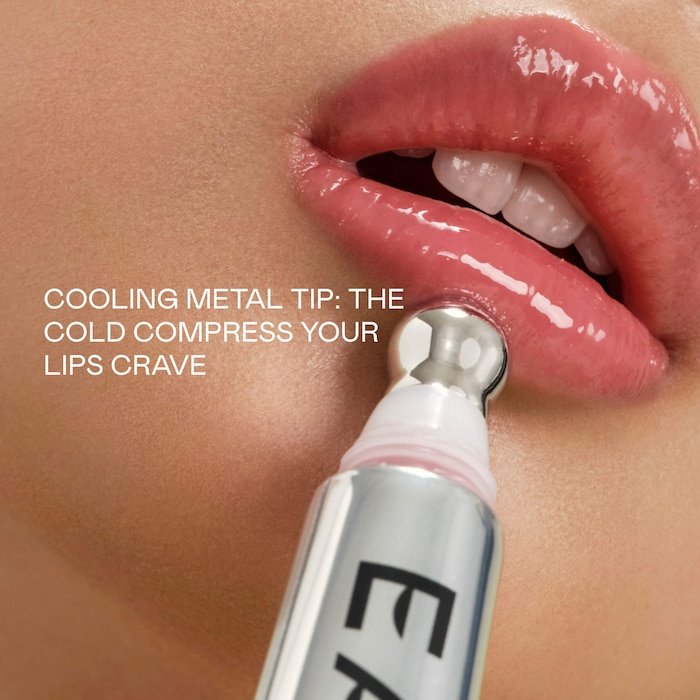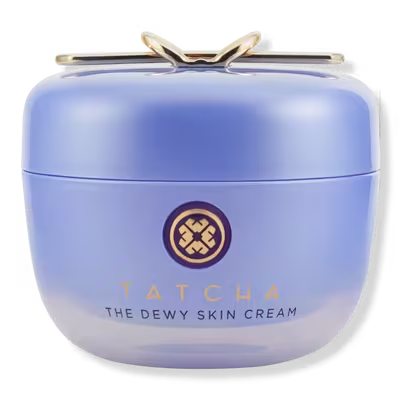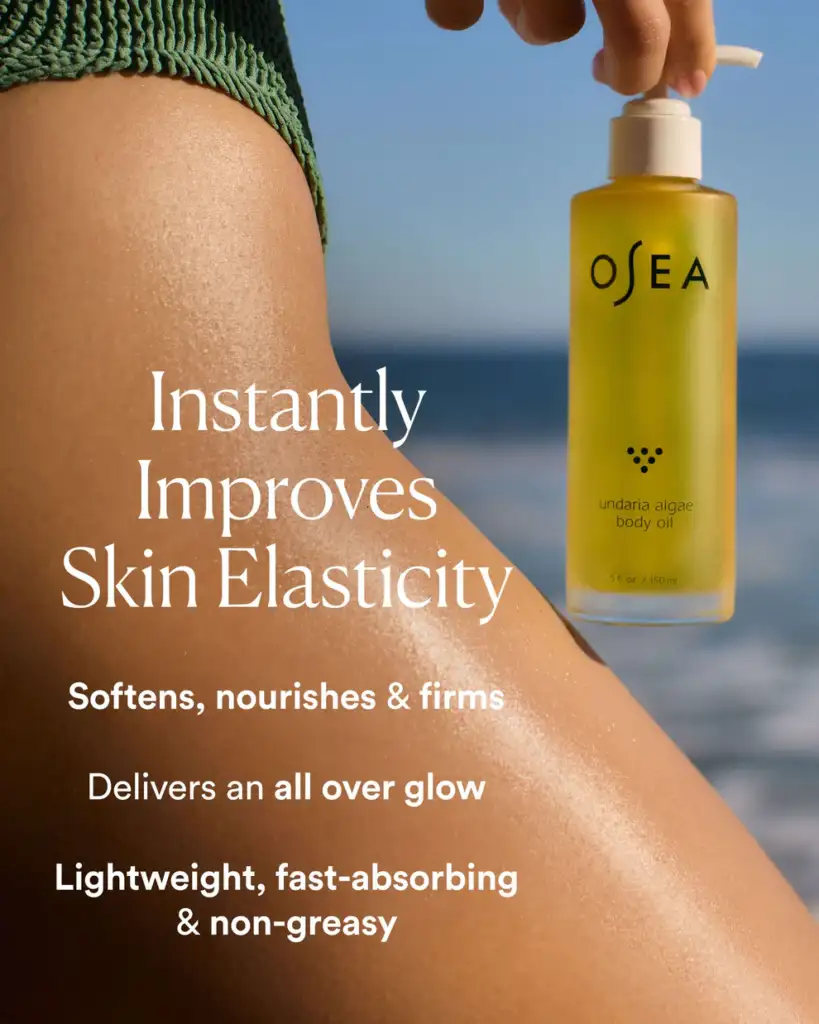Clean Beauty Brands & Sephora Unite For Clear Standards

Share This Article
Beauty and personal care giants call for stronger regulations and definitions for clean beauty brands and less ambiguity for customers.
| All products featured on The Wellness Feed are independently selected by our editors for their environmental and ethical impact. However, we may earn an affiliate commission when you buy something through our retail links. |
You walk into Sephora or Ulta, eyes scanning shelves packed with glowing promises. “Clean beauty” jumps out from every label—natural, safe, pure. But what does it really mean? Is it as simple as seeing a “clean” label on a lipstick to know the ingredient list is free of toxins? Or, does it just sounds good?
Understanding consumers’ (and brands) confusion about what clean beauty means, retailers Sephora, Ulta, and Credo and clean brands such as Honest Company and Beauty Company have collaborated to push for one clear set of rules on clean beauty standards outlined in a 2025 Beauty Report. This move could change how we all pick products, building real trust one ingredient at a time.
Why Industry Standards Are Necessary Now

Eadem Le Chouchou Exfoliating + Softening Peptide Lip Balm is formulated with hibiscus enzymes and Brazilian Açaí. It’s part of Sephora’s clean beauty brands collection. $24
To date, the FDA doesn’t define clean beauty. They check safety but skip the “clean” label. Over the last few years, alarms have been raised about the validity of brands’ safety and clean claims. Case studies have shown that 50% of cosmetic and personal care products contain an alarming high percentage of formaldehydes, carcinogens, and hidden ingredients, thanks in part to lax regulations.
The 2025 Beauty & Personal Care Ingredient Intelligence Report analyzed 48,000 products and 1.25 million disclosed ingredients. The analysis showed that lip colors continue to rely on synthetic dyes flagged as hazardous, moisturizers contain problematic emollients, and shampoos and conditioners contain surfactants that can threaten aquatic life once the wastewater reaches the oceans.
By characterizing ingredients and filling knowledge gaps, we are reducing risk to consumers, brands, and investors while honing on the call for innovation.
Stacy Glass, Executive Director of ChemFORWARD
It’s become popular for beauty brands to tout “clean” labels on their packaging. Yet, the FDA doesn’t regulate cosmetics the same way it does food or drugs, leaving room for greenwashing—careful marketing tactics that hide questionable ingredients. More than ever, consumers are pushing for clear labels. Sales of natural products increased by 20% last year, according to market statistics. The report comes at the right time to help trustworthy brands stand out from greenwashing claims.
There’s a lot of ambiguity about what makes clean beauty brands “clean”. One brand calls itself clean because it skips parabens. Another avoids sulfates but keeps something else suspect. Shoppers face a maze of labels like “vegan” or “non-toxic” that don’t match up. A 2022 survey by Nielsen found over 60% of buyers feel lost in these claims. Without clear lines, trust erodes fast.
Sephora has its own Clean at Sephora list. Ulta pushes its Conscious Beauty seals. These help, but they’re not the same. A product might pass at one store but flop at the other. This patchwork confuses everyone and opens a pathway for greenwashing.
Decoding the New Clean Beauty Standard Framework
Tatcha The Dewy Skin Cream Line-Plumping Moisturizer is formulated with Japanese purple rice and packaged in a recyclable jar. $72

The new framework comes from a group effort. Sephora, Ulta, and other big names in the beauty industry have joined ChemFoward, the coalition behind the report. A team of toxicologists and chemists reviewed the ingredient lists submitted by brands to check against banned substances and safety data to spot risks early. The framework also builds on science, updating as new facts emerge. This setup promises products that truly deliver on clean claims. Experts say this could give shoppers peace of mind about the validity of “clean” labels.
Most clean standards start with bans on ingredients like formaldehyde or phthalates. The new unified approach leans on these exclusions, flagging over 2,500 potential harms based on health data.
According to the report, preservatives top the worry list. Some fight germs but irritate the skin. The report flags ones like parabens for hormone risks. Synthetic scents draw heat too for hiding allergens. ChemForward sets limits on these to cut exposure. Silicones smooth hair, but build up over time. These, and other high-concern items face a series of month-long tests. If they link to cancer or allergies, they’re added to a lists of over 1,200 chemicals and ingredients to avoid.
Regulations set in the report also push for positive steps. For example, brands must show safe sourcing for essential oils to ensure products are effective without posing health risks.
Why does this matter? Exclusions stop the worst offenders. Benchmarks ensure quality. Together, this creates a balanced, clean beauty standard that can easily be adopted by the industry as a whole.
Supply Chain Transparency and Traceability

OSEA Undaria Algae Body Oil is a seaweed-infused body oil that uses nautrally-derived fragrances and an oil blend including sunflower and grapefruit seed. Packaged in a recyclable glass bottle. $52
As industry standards and regulations become set, greenwashing will be harder to get away with. Third parties like CCIC will verify claims. Brands will be required to share supply chain details—where ingredients come from and how they’re tested.
Brands and suppliers face new rules and must track where ingredients come from. For instance, for plants like aloe, clean beauty brands must prove that pesticides were not used on farms. Synthetics need full origin stories. This builds a chain of trust from farm to bottle. No more hiding behind vague labels.
Consumers benefit directly. When you see the seal, you know it’s checked. This shift builds walls against fakes and boosts real safety.
The Impact on Clean Beauty Brands
The ChemForward Clean Beauty Standards Report marks a big change. It brings science to the clean beauty world. Brands must go beyond ban lists. Full checks on safety and sources will protect consumers.
Brands stocked at Sephora, Ulta, and Credo may have to tweak formulas to fit the unified clean beauty standards. Marketing teams will also be held to stricter standards to ensure that labels match the facts. This forces honesty across the board.
In the end, these steps help everyone. Brands will have clear definitions to back up their “clean” labels. Consumers will gain trust in ingredient lists. And, clean beauty will finally be “clean”.
